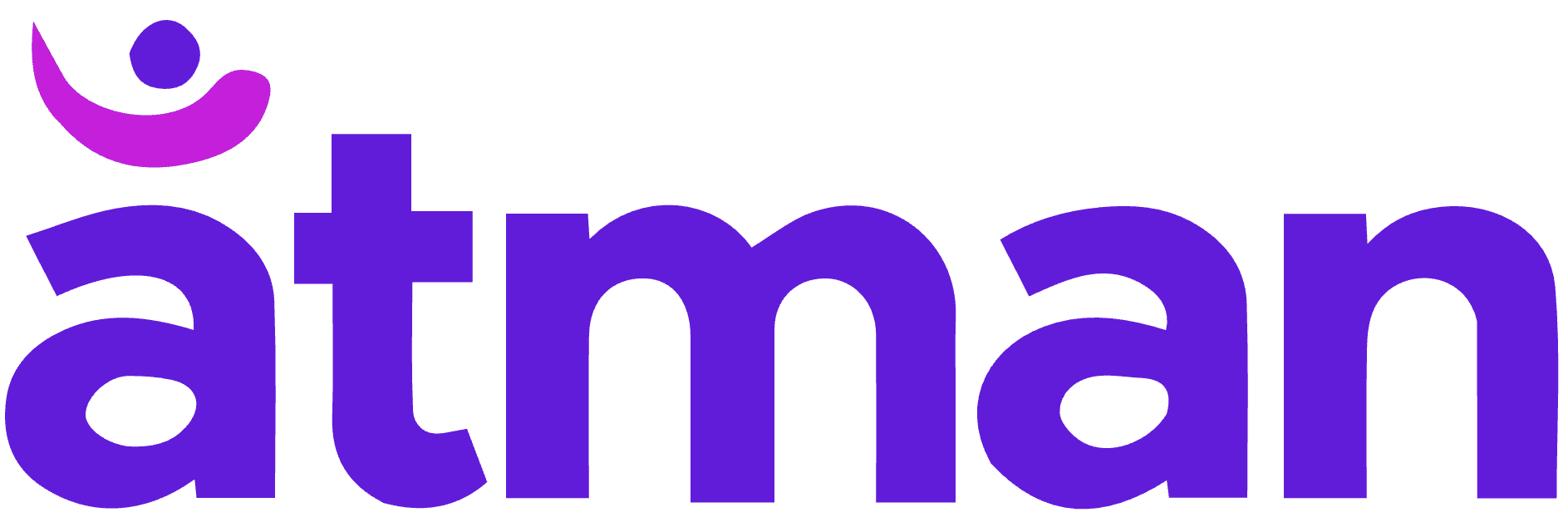India’s public health system is under growing pressure from the dual burden of rising non-communicable diseases (NCDs) and the limited capacity of primary care. Designed to serve as the first point of contact, Primary Health Centres (PHCs) and Sub Health Centres (SHCs) often struggle with shortages of trained personnel, inadequate diagnostic tools, and poor referral linkages. As a result, patients frequently bypass these centres in favor of higher-level hospitals, leading to overcrowding, delays, and increased costs for both families and the health system.
With NCDs steadily rising, preventive and timely care at the periphery is no longer optional, it is critical. Yet, ensuring early detection and management at this level demands innovative, affordable and scalable approaches that can operate effectively in resource-constrained settings.
Neurosynaptic, an ACT For Health portfolio organization, is addressing this challenge through its ReMeDi® platform. By combining point-of-care diagnostic devices with digital health tools, ReMeDi® enables frontline health workers to perform a wide range of tests near the patient. Test results are digitized and uploaded in real-time, allowing doctors to review data quickly and offer timely guidance, establishing a tech-enabled referral system.
To evaluate this model’s effectiveness in public health settings, ACT For Health has partnered with the Centre for Cellular and Molecular Platforms (C-CAMP) as the state implementation partner. Through this pilot, 100 SHCs and 27 PHCs in Tamil Nadu will be equipped with digital tools and diagnostic devices, bringing essential testing closer to communities while maintaining smooth referral linkages to higher-level facilities. Over the course of one year, this initiative aims to deliver nearly 900,000 diagnostic tests.
By digitizing patient data and workflows, the model will improve operational efficiency, provide real-time visibility for health administrators and support evidence-based decision-making. Equally important, it will build system capacity through structured training and continuous monitoring of staff performance.
At ACT For Health, we see this initiative as a crucial step toward reimagining India’s primary care system. By enabling affordable diagnostics at the periphery, strengthening referral pathways and leveraging digital tools for decision support, we are helping build a scalable, sustainable model. Our long-term vision is to catalyze technology-driven innovations like Neurosynaptics’ ReMeDi® to become integral components of state health systems, ensuring every citizen can access timely, high-quality care closer to home.










